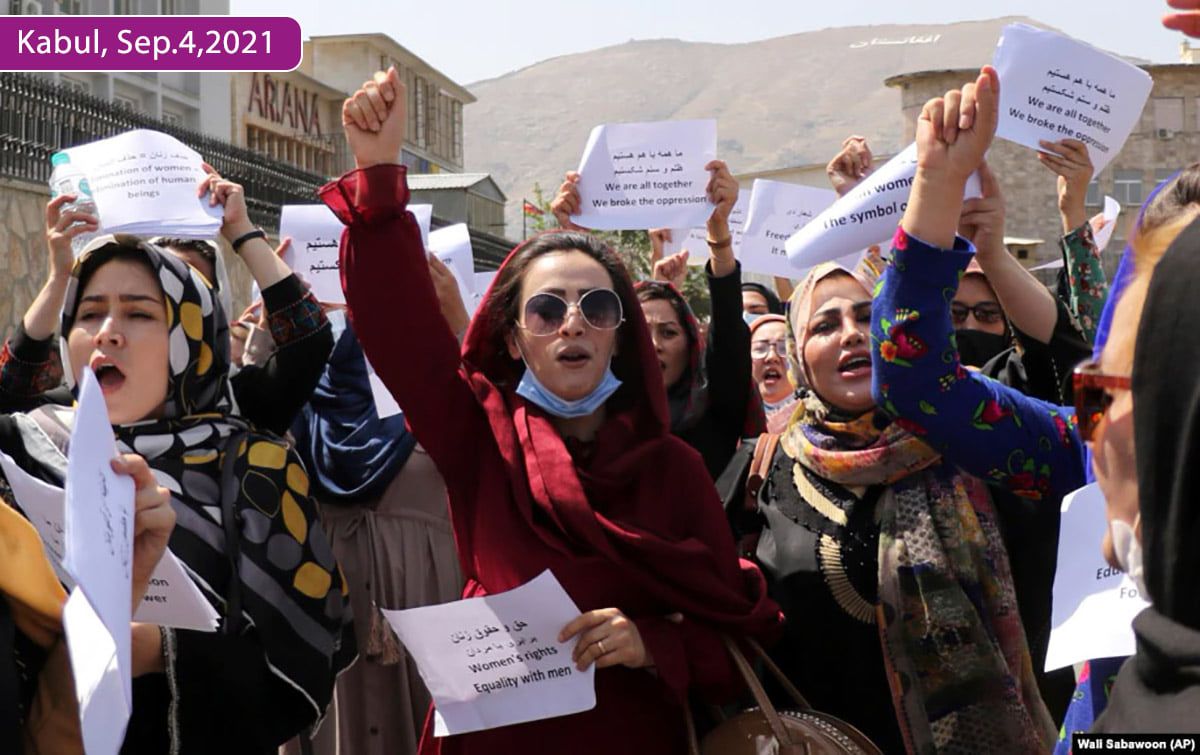FREEDOM OF MOVEMENT – Life in a Country-Prison
For over two decades, Afghanistan has held a grim record: most refugees registered by the United Nations came from this country, a territory squeezed between cumbersome neighbors, ecologically fragile, culturally hybrid, but perceived as stagnant.
This “record” later shifted to Syrians devastated by civil war, but Afghans never stopped emigrating, as evidenced by some 2020 reports, the UNHCR “Global Trends” report, and recent statements by UN High Commissioner for Refugees, Filippo Grandi, who stated, “The crisis of forced migrations from Afghanistan is one of the largest and most prolonged in UNHCR’s seven-decade history.” Today, about 2.7 million Afghan refugees live abroad, while another 2.6 million are internally displaced, forced to leave their homes due to insecurity, natural disasters, poverty, or choice. Afghanistan remains the second-largest source of refugees worldwide.
In 2012, a tripartite agreement between Afghanistan, Pakistan, and Iran, mediated by the United Nations, aimed to promote the voluntary return of most Afghans. Thanks to the UN, about 5.3 million people have returned since 2001. However, many remain abroad despite the “Solutions Strategy for Afghan Refugees,” the tripartite agreement. The Joint Way Forward agreement, signed between the European Union and the Kabul government in Brussels in October 2016, provides for the return—even forced—of all Afghans whose asylum requests are rejected by member countries. Europe conditioned the allocation of millions of euros in development aid on the acceptance of repatriations and found an ally in Turkey, which began mass deportations of Afghans in 2018 without seeking assistance from the International Organization for Migration.
According to a report published in November 2019 by the Afghanistan Human Rights and Democracy Organization (AHRDO), 19,390 Afghans were sent back by EU countries between 2015 and 2017, about half of them forcibly. Eurostat indicates that in 2019, 26,900 orders to leave the EU were issued to Afghan citizens. From January 1 to mid-April 2019, 4,219 Afghans were forcibly repatriated from the EU and Turkey (most—3,560—from Turkey).
Regarding the situation after the Taliban took power, the International Rescue Committee’s May 2023 report accused EU leaders of “astonishing negligence” towards Afghan refugees, many of whom remain trapped in “prison-like” conditions on Greek islands. “Afghans now represent the third-largest refugee population globally, and the resettlement needs of Afghan refugees in the EU area have rapidly increased, almost tripling year on year, from 96,000 in 2022 to over 273,000 in 2023.” In the early months, there was a strong commitment from EU countries to help at-risk Afghans access protection pathways to Europe, but today, according to IRC, these commitments “are falling short, with 271 Afghan refugees resettled in the EU last year, meeting less than 0.1% of the current need.”
However, cities in Afghanistan are also unsafe. Additionally, the institutional system is unable to meet the needs of the internally displaced, which grow annually due to climate change and cannot absorb the demographic and social pressures of those returning from abroad. In March 2020 alone, 16,000 undocumented Afghan migrants returned to the country. From January to early September 2020, over 376,000 Afghans returned from Iran and Pakistan. In a single month, from August 22 to September 21, 81,000 returned from Iran. They are part of that immense pool of informal workers who will no longer be able to support their families. The history of Afghan migrations shows that Afghans have a long history of migrations—internal, regional, transnational—that precede the conflict. Mobility has always been part of Afghanistan’s social and cultural landscape. War, insecurity, and poverty are not the only drivers of migration: war has intensified and dramatized an ongoing process.
In this already difficult context, women’s mobility has become even more restricted, especially in more conservative areas like Kandahar, Khost, and Helmand provinces, where MSF conducted interviews that testify to the extreme difficulty of movement for women and girls.
But even in Kabul, the situation is no better: some MSF workers reported that women traveling alone without a mahram (a male family member) in shared taxis are sometimes asked to sit in the back seat and cover the cost of all three seats as no one else is allowed to share the taxi with them. This adds an additional financial burden and can make a woman’s trip to a healthcare facility two or even three times more expensive than a man’s. This affects women’s ability to reach a hospital (impacting timely and adequate primary and secondary healthcare access), a workplace, or any other place. This issue, reported by MSF in 2014, has worsened since.
The ban on women and girls accessing hammams (public baths), parks, and gyms, combined with mahram and hijab policies, has created an environment where it is difficult for women and girls to leave their homes. In the words of a former student, “Women are in prison; they can’t work, study, or go out. We are depressed,” as stated in the June 2023 UN Human Rights Council report, which also notes that groups of more than three or four women are regularly dispersed by officials to prevent protests. An interviewee explained, “Even if a small group of girls sits together, the Taliban ask what they are doing.”






